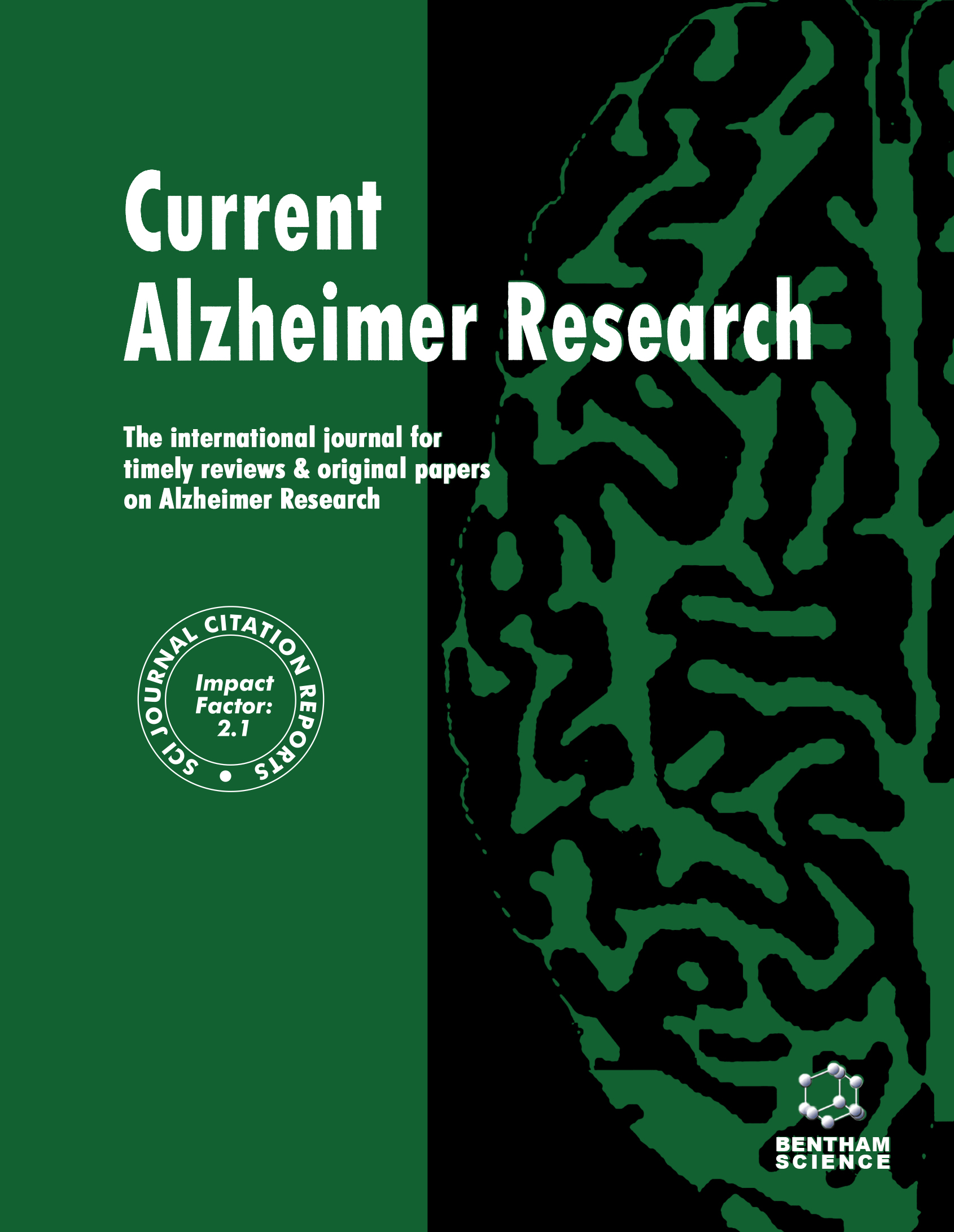
Full text loading...
We use cookies to track usage and preferences.I Understand

Alzheimer's disease (AD) is one of the leading causes of cognitive decline, which leads to dementia and poses significant challenges for its therapy. The reason is primarily the ineffective available treatments targeting the underlying pathology of AD. It is a neurodegenerative disease that is mainly characterised by the various molecular pathways contributing to its complex pathology, including extracellular amyloid beta (Aβ) plaques, intracellular neurofibrillary tangles (NFTs), oxidative stress, and neuroinflammation. One of the crucial features is the hyperphosphorylation of tau proteins, which is facilitated by microtubule affinity-regulating kinase-4 (MARK-4). The kinase plays a crucial role in the disease development by modifying microtubule integrity, leading to neuronal dysfunction and death. MARK-4 is thus a druggable target and has a pivotal role in AD. Amongst MARK-4 inhibitors, 16 compounds demonstrate significant capacity in molecular docking studies, showing high binding affinity to MARK-4 and promising potential for tau inhibition. Further, in-vitro investigations provide evidence of their neuroprotective properties. The present review mainly focuses on the role of MARK-4 and its potential inhibitors used in treating AD, which have been thoroughly investigated in silico and in vitro.

Article metrics loading...

Full text loading...
References


Data & Media loading...